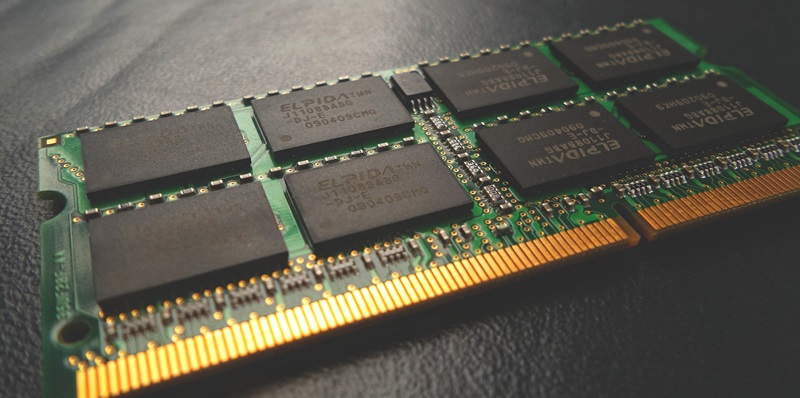Over the past few months, major players in the RAM industry, namely Samsung, Micron, and SK Hynix, have made significant cuts in RAM production, resulting in a considerable reduction in supply. This move has set off alarm bells, as it has already led to price hikes in the market, with DDR5 RAM witnessing an increase of 15% to 20%, and DDR4 RAM experiencing a 10% to 15% price surge. In this article, we will explore the implications of these cost hikes, the potential impact on consumers, and the long-term ramifications for the RAM industry.
Price Hikes in RAM
The reduction in RAM supply has inevitably led to price increases. DDR5 and DDR4 RAM have both witnessed significant price hikes, causing concern for consumers and industry experts alike. DDR5 prices have risen by an average of 15% to 20%, while DDR4 prices have seen a 10% to 15% surge. These increases are expected to be passed on to the end consumer, ultimately affecting the overall cost of computer systems and devices.
Implications for the RAM Market
While consumers may bear the brunt of these price hikes, RAM makers are expected to maintain their profit levels. The reduced supply and subsequent price increase are indicative of the end of an era for cheap RAM and affordable high-end memory. This shift in market dynamics is likely to shape the industry for years to come as manufacturers recalibrate their strategies to ensure profitability.
Surplus Supply in 2023
The RAM market experienced a surplus of supply in 2023, which caused prices to plummet. However, this surplus situation prompted major manufacturers such as Samsung to take action to correct inventory levels, resulting in reduced supply and subsequent price increases. This adjustment was necessary for manufacturers to regain control over the market and address the imbalance in supply and demand.
Efforts to Raise Prices
Recognizing the need to rectify the surplus supply situation, Samsung and other RAM manufacturers took decisive action to raise prices. By reducing RAM production and effectively managing inventory, these companies were successful in increasing prices and stabilizing the market. This strategic move not only addressed the supply-demand disparity but also ensured profitability for industry leaders.
Speculation on Larger Price Hikes
Unfortunately, there are rumors suggesting that the price hikes witnessed thus far may be larger than previously anticipated. As this situation unfolds, uncertainty looms over the industry and consumers alike. While it is difficult to predict the exact extent of these potential increases, the mere suggestion of larger price hikes is a cause for concern.
Considerations for Consumers
In light of these developments, now may be an opportune time for consumers to consider upgrading their RAM. With the impending transition to DDR5 RAM and the anticipated rise in overall demand, it is advisable to stay ahead of the curve by investing in adequate memory capacity. As prices continue to rise, delaying an upgrade could prove to be costlier in the long run.
Worst-Case Scenario
In a worst-case scenario, the RAM market could witness a staggering 20% price increase for DDR5 RAM. Such a significant hike in prices would have far-reaching implications for consumers, limiting access to high-performance memory modules and potentially affecting market dynamics. However, it is important to note that this is a speculative scenario and its realization remains uncertain.
The recent cuts in RAM production by major players, Samsung, Micron, and SK Hynix, have set the stage for a potential transformation in the RAM market. Price hikes in DDR5 and DDR4 RAM highlight the end of an era of cheap and affordable memory. As the industry navigates through these changes, consumers must stay informed and make timely decisions regarding RAM upgrades. It is crucial to weigh the benefits of enhanced performance against the potential higher costs associated with memory modules during this transformative period.

